
The year was 1973, the year in which Mercedes-Benz Italia was officially born. Who is a few years older; behind you could turn up your nose to hear this date, because; the Mercedes were already circulating; in our country and they were the dream of the lucky ones who could cross them. Well yes, lucky because; before the foundation of MBI, 10,000 cars were sold a year, badly counted, through the official and exclusive importer: Autostar.
On April 18, 1973, however, the wind changed and the Germans (75%) and Autostar (25%) created that reality. local but closely linked with Germany, a country that up to now has always loved the boot for its holidays, but which has also maintained very close commercial relationships in the automotive world for the supply of components.
ECOLOGY? AN OLD AND NEW CONCEPT 
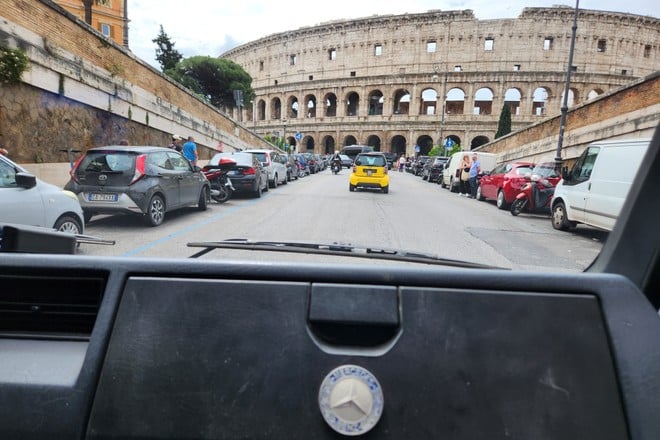
As I watch the commercials – that Mercedes selected for the presentation during the fiftieth celebration event, I was immediately struck by the one in which words like “we use (almost) solvent-free paint and recycled materials” are used.
Today every car manufacturer brags about how much they've recycled or how much renewable energy they've used in production, but hearing it in a pre-1990s commercial shows how Mercedes, whether you love it or you hate it, it has always been objectively avant-garde. And not only from a technical point of view.
Thanks to Mercedes (I told you about it in part here) we have important safety technologies that today we take for granted even on small cars and, for better or for worse, the Germans have always focused on being innovators, on ;dare.
They also dared in the world of commercial vehicles by acquiring Hanomag-Henschel, founded in 1969 and then merged with the Daimler group to develop a parallel business line which, over the decades, would also make commercial and passenger vehicles attractive. going to undermine the home producer in an important way.
It was Piero Bocanelli, the first president of Mercedes Italia, who mandated Hans Breithaupt as the first CEO and it was in those years that concepts that almost didn't exist before were born.
Aftersales was considered a necessary evil in those years. Today, however, it enjoys much more; investments and is one of the pillars of the automotive industry. The dealers were distributors, linked only to the sale of the new one: Mercedes forced them; to accept having the workshop "at home", another concept that we take for granted today.
Thanks to this forcing, and with huge investments in the training of technicians for the network of authorized workshops under the guidance of Benito De Filippis, a new company was created. an ecosystem that threw; the basis for improving customer service, increasing the perception of support from the brand and creating a parallel and lasting business. Marketing terms, including the famous “customer satisfaction”, began to sprout.
The oil crisis of the 1970s, Sundays on foot and 120 km/h limits on the motorway, without forgetting the 35% VAT for cars with an engine capacity of more than two litres, were a serious blow for a luxury brand … suffice it to say that at the time even Ferrari hypothesized; to turn into a tractor factory.
Mercedes, however, succeeded; to survive and, while he was thinking about the 190 that would later arrive in 1982, he found himself; caught up in another tornado, the diesel boom.
MERCEDES 190 
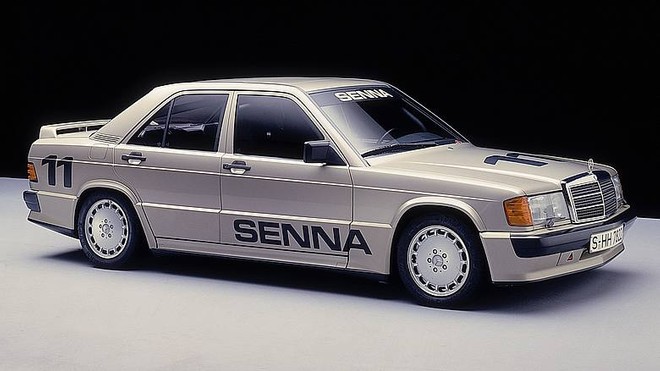
A small incident in this history must necessarily be dedicated to the ancestor of the Mercedes C-Class, the Mercedes 190. presented in December 1982. Created to rejuvenate the image of classic German luxury, the 190 aimed at a more sophisticated public. youthful, not necessarily young at the registry office, but with a mentality; more modern.
They called it the baby-Benz, and it was the very daughter of that oil crisis that led to the crisis. to create a car more; compact and economical, while maintaining; the quality; construction of the older sisters and the elegance of the lines. This car then made the fortune of Bremen because; the plant received an injection of liquidity; such as to make it one of the best in the world, still today at the forefront in terms of automation.
In addition to several outstanding features, including the rear multilink combined with a redesigned front McPherson, the Mercedes 190 also focused on performance and variety. of choices.
Born with the 90 HP 2.0 four-cylinder (carburettor), over time it embraced the the direct injection (122 HP with the 2.0) and in 1983 the car made its debut. in diesel version, at the time a naturally aspirated 72 hp. And who did he want to run for? The 190 E 2.3 was the dream of many and it delivered 185 hp, a lot was enough in those years to obtain several records on the Nardò ring. AMG then transformed; the 195 horsepower version (190 E 2.5 16 valves) in a racing vehicle for the DTM.
FIELD INVASION 
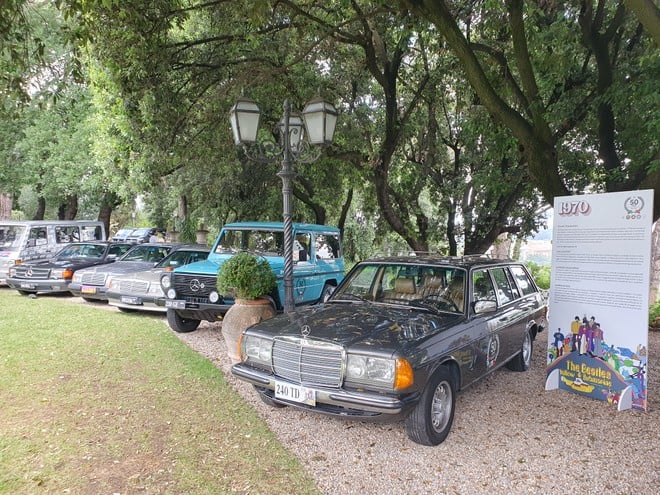
Closed l ' ;incidentally, let's go back to the story. As we have seen, once the foundations were created, it was up to the product. Between the end of the eighties and during the nineties, Mercedes planned; a product offensive to invade Italy with a big difference from the past.
From a design decided only by the technicians, without market surveys and without the support of marketing, we went from a design that was decided only by the technicians, without market surveys and without the support of marketing. to a more complex process. holistic where the client became more; central and it began; trying to understand their needs. When it wasn't enough, the need was created by exploiting the power of marketing, something typical of the capitalist-led West and certainly not invented by Mercedes, and not even limited to the car product.
Financing, company fleets, fittings, advertising, market segmentation: these were some of the common threads that joined the fixed point that could not be missing, the product.
These were the years in which the peak of 80,000 units; per year (1999) compared to 40,000 in 1989. And the key models were the CLK and SLK with the KOMPRESSOR, Classe A, ML and the legendary smart.
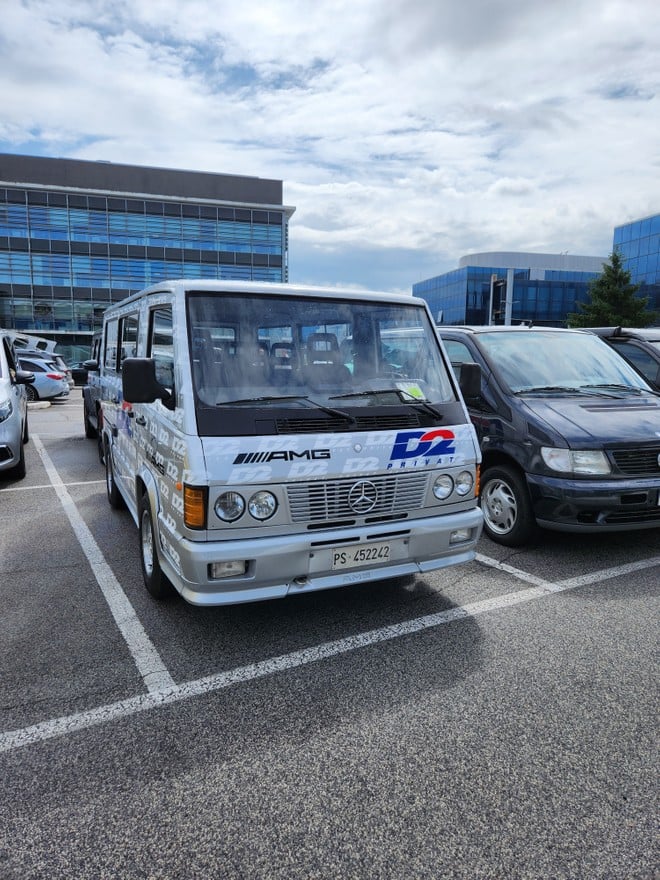
The dynamics of the relationship between Mercedes and the dealers change (the margin goes from fixed to variable by increasing the cap) and communication changes. Now we are targeting a specific range of users, the target of that particular model.
So the Class A shows in an advertisement; a timid approach to that process, born decades earlier and still ongoing, which would have led women to a finally more important role; central to society. An important message that was exploited by marketing and that worked. Sure, there was the inconvenience of the Moose test, but even in that case Mercedes was able to handle the situation, admitting guilt, putting a piece (ESP on a compact, something unimaginable at the time) and then making fun of what happened in the commercials; following.
These are the years of the creation of premium vans, the Vito and Classe V arrive and there are two other important phenomena. The first is; that of smart, the compact car loved by very few countries, and among these there was (and still is today) Italy. It was the first "small" to have the two-tone, now offered by almost every small car. It was the first compact with a glass roof, it was turbocharged, it was automatic: innovative and able to anticipate the rest of the market by years.
The other great phenomenon, of which Mercedes prides itself on every possible occasion, is the the one represented by the Mercedes ML, the SUV that has transformed SUVs into a mass phenomenon, because; they existed before but were a niche.
GIVE ME MORE? MARKETING 
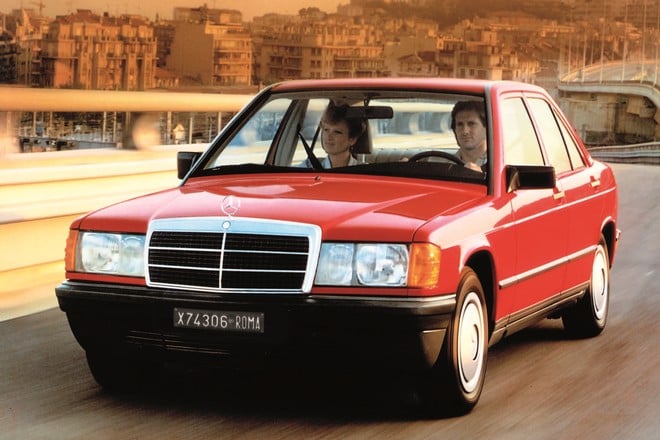
If you don't have competition, marketing can take over. be seen as a useless investment. But even a technological giant like Mercedes must, sooner or later, have to deal with opponents who catch up and arrive at the boarding. In fact, the 2000s saw fertile ground for sales, but also a varied product offensive and many brands competing for the favor of customers.
So Mercedes focuses on visibility, investing in sports, culture, the local area and motorsport. It leverages values and hobbies (fitness, jewelry, fashion and so on) and further revolutionizes the sector by clearing concepts previously reserved for the business world. Leasing and rental are now becoming increasingly popular. also accessible to individuals, the “after 3 years you can return it” was born. Today we hear it everywhere, but it was Mercedes who made it mass…
Even in the last few decades, there have been difficulties: from the crisis on the financial markets to the dieselgate scandal, born elsewhere but with inevitable effects on all brands. Mercedes has first adopted a strategy devoted to versatility, using more; engines so; to allow the customer to choose whether to stay with diesel (here also plug-in hybrid, among the best in terms of autonomy) or whether to focus on electrification.

Slightly produced products were born; unsure of their identity, it is true: EQA, EQB and EQC have in fact paid for being children of a shared platform and not exclusively dedicated to battery-powered cars. However, when the political and regulatory context finally gave a clear signal, Mercedes immediately demonstrated that it can play among the greats in the electric sector, with a decisive turn that was achieved. materialized in the excellent Mercedes EQE, an electric finally mature and with an important autonomy as seen in the road test.
By 2030, the plan is in place. to sell only electric vehicles (where the conditions exist for doing so), and by 2039 all vehicles, in all parts of the value chain (therefore including supply), will be carbon neutral.
With the passing of the baton, from Radek Jelinek to Marc Langenbrinck who takes over as president of Mercedes Italy, the brand is now preparing for the next challenges, made up of massive electrification and software: the Germans are close at the launch of MB.OS, proving to know how to change and evolve and, unlike others, to stand out anyway. Where several brands have chosen tech companies as support (a random example, the Volvo-Polestar group which relied on Google for the on-board OS), Mercedes made the audacious choice to develop a dedicated operating system by creating a special division… and in this we must at least wish them “good luck”, as well as best wishes for the important anniversary of the brand's Italian history.
Price and performance at the top? Xiaomi 13, buy it at the best price from eBay at 653 euros.